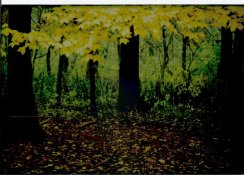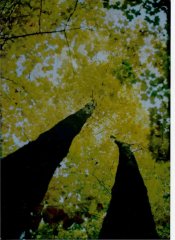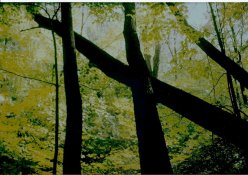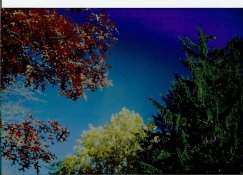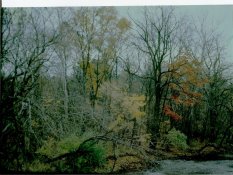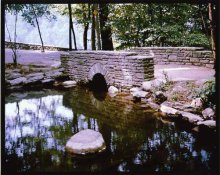FilmIs4Ever
Member
I've been reading the thread on Ilfochrome masking, and thinking to myself that maybe I am having the same problem here.
What's funny is, I *wanted* high contrast and dense blacks, but these prints are bullet-proof.
Is there any way of doing this other than masking? I have to re-submit these prints by Thursday, and they need to look a hell of a lot better to make the grade.
Realisticially, with 6 to do in two days, might my just scanning be a better avenue here, owing to my complete novice when it comes to masking?
What's funny is, I *wanted* high contrast and dense blacks, but these prints are bullet-proof.
Is there any way of doing this other than masking? I have to re-submit these prints by Thursday, and they need to look a hell of a lot better to make the grade.
Realisticially, with 6 to do in two days, might my just scanning be a better avenue here, owing to my complete novice when it comes to masking?








